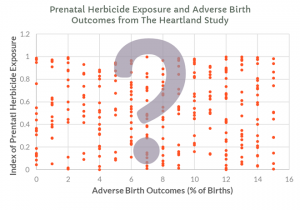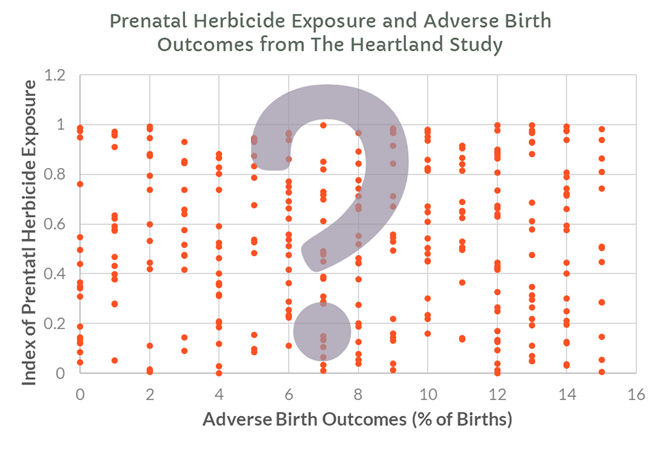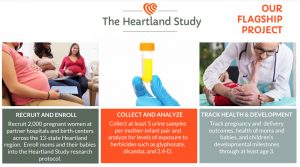Once in a while two data points are arrayed in a graph, setting off the bright light of insight. A good example appeared in “The Morning,” David Leonhart’s daily New York Times online synopsis of the news of the day.
The chart below appears in his March 12, 2021 newsletter in a section entitled “Follow-up: A Covid Mystery”:

Imagine how the dots would move around if the variable “Covid deaths per million residents” were corrected for the quality of each country’s healthcare services and the number of deaths prevented per Covid case.
This chart drives home what public health experts have been stressing throughout the pandemic: Chronic health problems linked to obesity such as hypertension and diabetes dramatically increase the risk of serious Covid infection, sometimes leading to hospitalization and a greatly elevated risk of death.
The power of this graphic arises in part from the underlying accuracy of the data it rests upon. There is little (but some) ambiguity at the national level in data on Covid deaths, and obesity is well defined and an easily tracked indicator of a nation’s health status.
The Heartland Study, HHRA’s flagship project, will assess whether prenatal herbicide exposure levels are increasing the severity or frequency of adverse birth outcomes. Our work is focused on the 13-state Midwest region where herbicide use and exposures are rapidly rising. Our goal is to enroll and bring 2,000 mother-infant pairs (MIPs) through the Heartland Study protocol.
In a few years The Heartland Study team will produce the data needed to produce a graph like the one below, but with 2,000 data points, one for each MIP.

Complex metabolic and physiological dynamics link an individual’s obesity to an adverse Covid outcome and much more careful research is needed to sort out why some people are able to recover from Covid and others succumb to it.
The same clusters of complexity will apply when The Heartland Study science team looks for connections between herbicide exposures and birth outcomes in the mother-infant pairs moving through our research protocol.
Challenges Unique to The Heartland Study
The two basic measures at the heart of The Heartland Study— “Adverse Birth Outcomes” and “Index of Prenatal Herbicide Exposures” — will require complex calculations and methodological breakthroughs. No one has cracked these nuts before, but it is time to tap modern science in a fresh effort to do so.
The Heartland Study is focused on two primary adverse reproductive outcomes: failure to conceive and pregnancy loss (aka spontaneous abortion or miscarriage). Plus, we will look for links between prenatal herbicide exposures and several adverse birth outcomes ranging from common outcomes like preterm delivery of low birth-weight babies, to birth defects and developmental delays, learning disabilities and behavioral problems as children grow up. How we plan on doing so is explained in our four-year protocol.
On the exposure side of The Heartland Study equation, our team faces a bushel of challenges. First, herbicide use and exposures are rapidly changing. Can we collect and analyze data fast enough to keep up with changing public health outcomes?
Pregnant women and children in the Heartland are exposed to several herbicides at varying levels nearly year round. These herbicides vary in toxicity by orders of magnitude, and might be interacting in ways science has not recognized. Creating an integrated measure of exposure across multiple herbicides is going to be a difficult challenge.
We also expect exposure levels and impacts to vary depending on where women live (out in farm country where herbicide use is widespread and nearby) or in cities and suburbs. We also expect variability between the heavy herbicide spray season (April-August) and the little-or-no spraying season (November through March). Such variability poses challenges, but also opportunities to sort out the factors most strongly influencing adverse birth outcomes.
Heartland Study science will be accepted as credible only to the extent we can come up with clear, robust and accurate measures of adverse outcomes and herbicide exposure. We know this task will be more challenging than measuring obesity rates and Covid deaths at the country level.
But we have access to powerful new tools like genetic sequencing and metabolomics to integrate with other cutting-edge experimental systems and our vital, clinical data on what we hope will become 2,000 mother-infant pairs. Where will each MIP each fall in the above graph? Will new insights emerge from the patterns revealed?
Our search for pattern is underway. The endgame is new ability to recognize which herbicides farmers need to move away from so a crop of healthy new Americans will hit the ground running every year across the Heartland.


